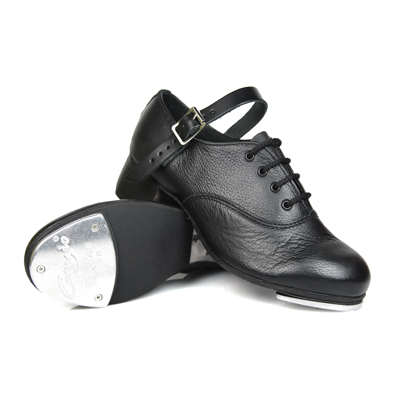Hey Readers!
This is going to be my last post on Riverdance, but I want to leave you with something to think about in your own personal life. I hope this blog has expanded your view point on a different dance, just like it has for myself. As I said this blog was completed for a dance class done at Eastern University which is a religious school. As for my research it has said that Ireland is known as a predominately Catholic country and I want to be able to tie faith into this blog.
The Bible, in 2 Timothy 1:7 states, "For God gave us a spirit not of fear but of power and love and self-control." This applies directly to the beginning of Irish Riverdance by the fact that the first performance was just done as an intermission show. Michael Faltey and Jean Bulter took their faith in God and made a big decision to expand their show. They were able to step out into faith and to not be fearful in their new decision.
On a personal note, I wanted to share with all of you how much this presentation and World Dance class has impacted me. I have been able to be pushed outside of my own limits and boundaries. I feel more confident with movement of my body that I have before taking this journey. As well as building boldness in a very new subject. As a conclusion I want to tell all of you that I was able to step out of my own comfort zone and be confident that The Lord will provide the confidence in myself I will need to reach my goals.
